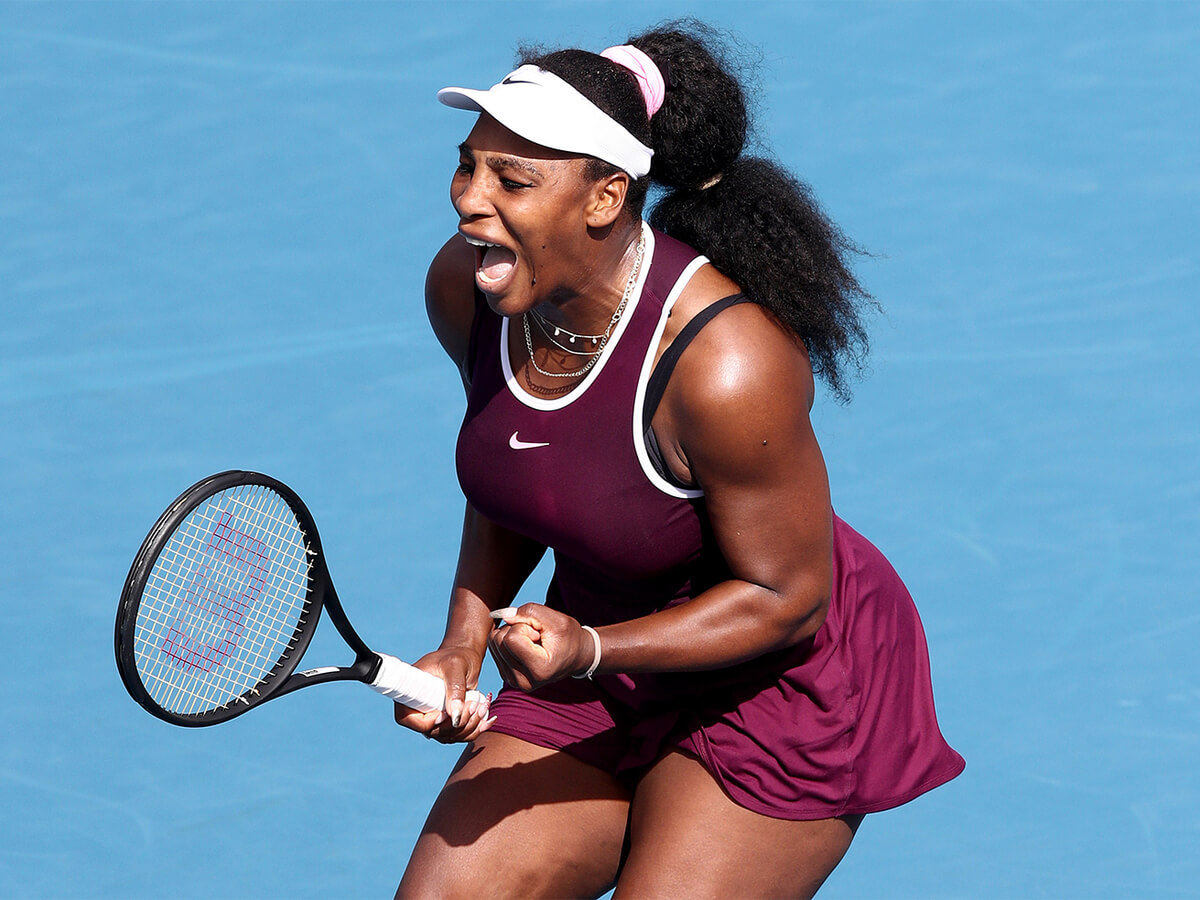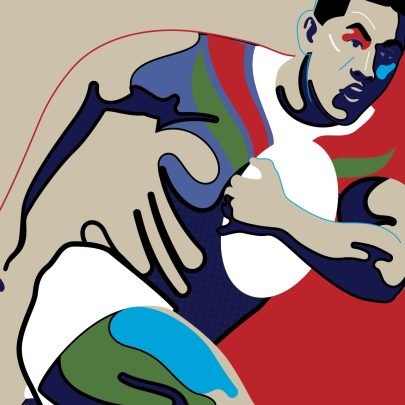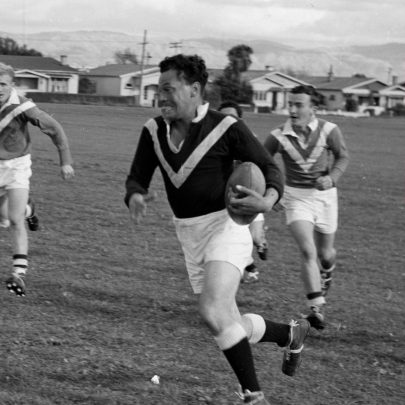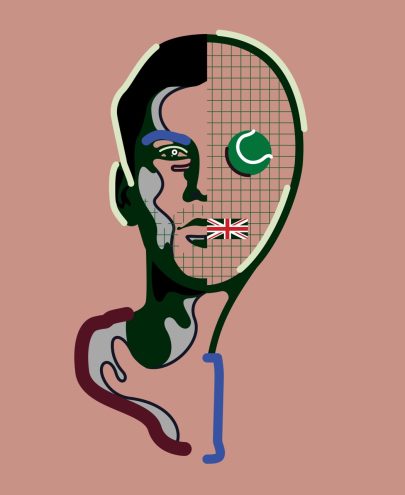Jan 13, 2020 Sport
Jamie Wall reports from the first week of the ASB Classic.
It’s always better when the sky is the same colour as the court at Stanley Street. It didn’t get that shade of blue till Thursday of the 2020 Women’s ASB Classic; there was the threat of rain, and temperatures that meant the dresses and designer shorts had to be covered up with jackets and blankets. Wind and fast moving clouds overhead made more than a few people make the worst possible kiwi weather comparison – that it felt like Wellington.
But the unseasonable cold snap and bushfire-tinged evening sky hadn’t stopped the crowds coming in. In fact, this week saw a record number of tickets into the women’s edition. They were there to see the biggest name in the game (or any women’s game) do what she does best. They were there to see Serena Williams blast a tennis ball as hard as she could from one end of Stanley Street to the other, and they were not to be disappointed.
A decent amount of them were in the new Yock Stand, on the city side of a stadium that can be best described as a ‘work in progress’. The new structure, with plastic seats on a steep bank, replaced the legendarily uncomfortable stand that was built sometime in the 1950’s. The heat that moved over the Saturday and Sunday brought back some bad memories for spectators that for years had burned their thighs on the hot concrete and shuffled uncomfortably for the players out on court to hurry up and change ends, so they could arise and get some blood flow back into their posteriors.
The plan is to wrap the new stand around the back end of the court that’s currently draped in the greenery of the Domain. How long that will take is anyone’s guess, because, like every stadium in Auckland, any plans to make it better are mired in red tape and funding issues.
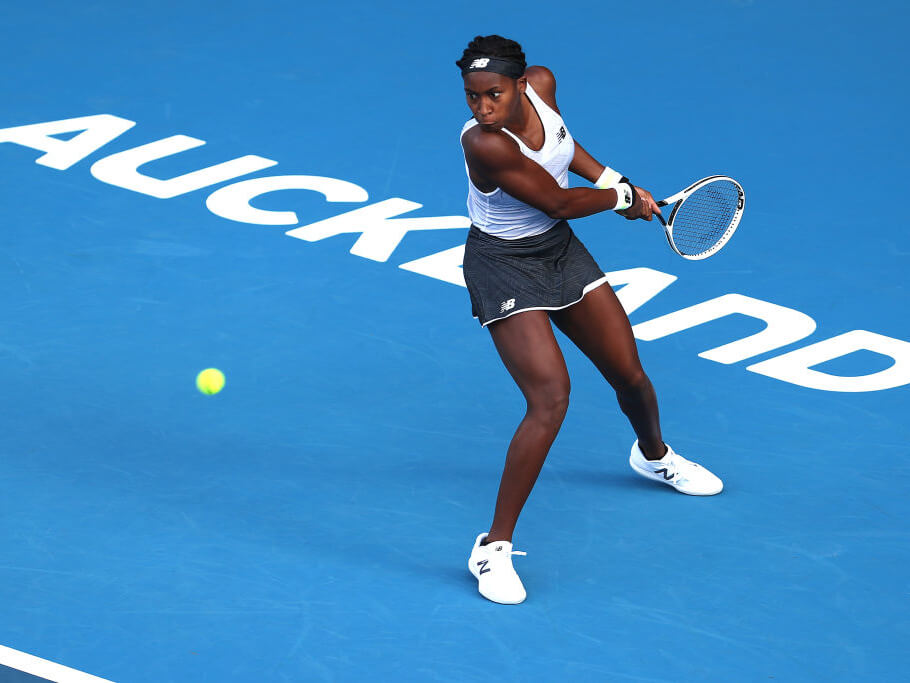
The sun and the straw hats were out for the start of the second round, bobbing side to side in unison as the swish of skirts and squeak of shoes was punctuated by the sort of warm applause you only find at tennis. But this year, one of the players in the headlines was about the same age as the ball kids around the outside of the court. American Coco Gauff, all of 15 years old and making us in the media box all reminisce about how socially awkward and useless at sport we were at her age, got through the first round. She was even more impressive off the court in her post-match interview, sounding like someone twice her age as she fielded questions from a group of journalists who unanimously actually were.
Gauff is being touted as maybe the next Serena Williams, which is a pretty hefty expectation. If she needed any tips though, she could just wander down the hall and ask the 23-time Grand Slam winner, who surprisingly returned to Auckland after leaving with a bad taste in her mouth over a second-round exit and poor weather conditions three years ago. Williams’s mood this week has been interesting: it’s roughly the millionth time the sport’s juggernaut has faced the media post-match in her career, so she’s clearly giving off the impression of a tired mum after a long day at work who knows she has to put her kid to bed soon (her two-year-old daughter Olympia has made the journey to Auckland as well). But, on court, she was all business.
Over the other side of the stand, the entertainment area dubbed ‘The Serve’ has had its annual growth spurt. Now stretching all the way up to the nearby scene of many an Instagrammed office Xmas party, the Auckland Bowling Club, it also offers an artificial bush walk activation experience set up by an undoubtedly award-hungry advertising agency. Once you get past that bit of fluff, though, it’s an impressive setup. There’s a champagne tent with a pool surrounded by deckchairs for the purely indulgent, then a line of bars in a relatively sheltered area dominated by a large screen showing the action from centre court. It’s perfect for a pro tennis event of this size, somehow striking a balance between the undeniable luxury that comes with the sport while not coming off as a pretentious wank fest.
It’s because there are real people here, tennis fans there to take in the likes of Serena and the quality of the field around her. There are plenty here to be seen as well, but that’s what makes the ASB Classic the media darling of sports events in New Zealand. It seems like director Karl Budge can’t put a foot wrong and when he inevitably declares that ‘next year’s lineup makes this the best tournament ever’, he’s actually telling the truth. Just to hammer home the point, he was presented with a trophy by the WTA on centre court to recognise the Classic’s status as the best event as voted by the players themselves. Budge spends his time this week wandering courtside in a sharp suit jacket that, given the blustery conditions, was actually a suitable bit of attire for a change.
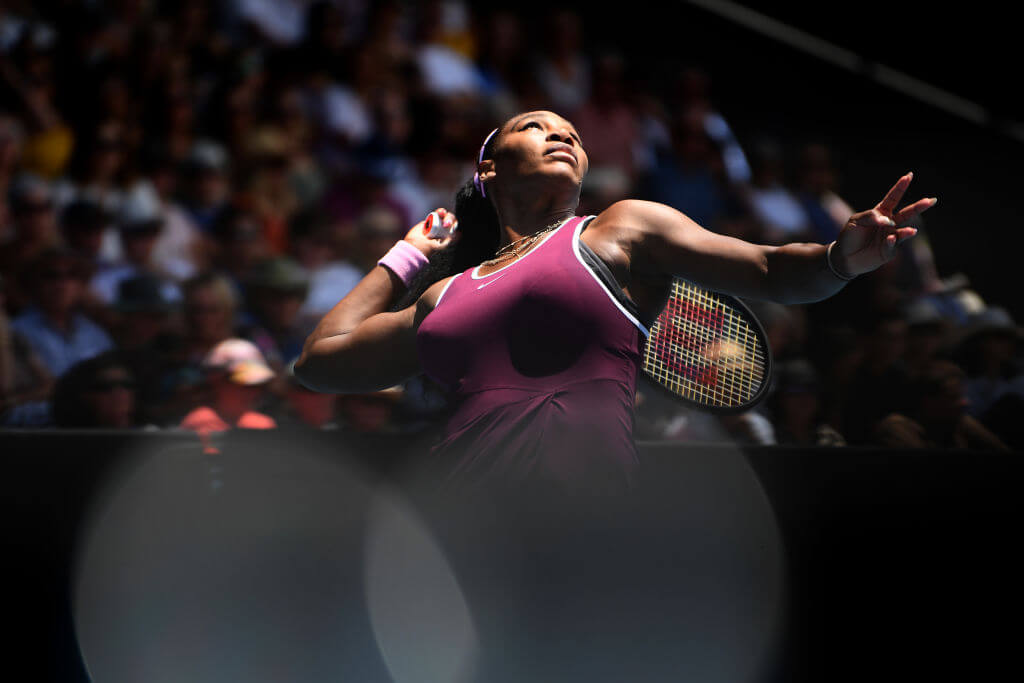
While it would have made him sweat in years gone by in the hot summer sun that seemed to be stuck in traffic on its way to New Zealand, Williams’ performance on Friday would have been cause for perspiration halfway through her second set against German Laura Siegemund. Gone was the mum-on-the-way-home demeanor, as arguably the greatest female athlete ever found herself down by a break in front of another capacity crowd. The maternal sighs we heard the other day were replaced with shrieks of exertion as Williams battled her way back in with a series of thundering shots.
By the third, Serena’s sending rockets downrange toward the corporate boxes, causing the patrons to flinch as the ball slams into the wall below them. This is what people paid to see, a competitor of the highest order flexing her talent in their own backyard. That’s what makes this fortnight at the ASB Classic so unique.
At the end of the evening, Williams went through but the young prodigy Gauff was out. Her post-match press conference after her second-round loss gave an indication of just how young she actually is, first fighting back tears over her result, then giving a teenage goofy laugh when asked about telling her dad to stop swearing courtside during the match.
In a perfect world, Williams would have played Caroline Wozniacki in the final, who is retiring after the upcoming Australian Open. Unfortunately, the Dane was knocked out in her semi-final by Jessica Pegula, but while Wozniacki won’t be back, Gauff most likely will be – to put it in perspective though, if she returns to Auckland when she is Williams’ age, it’ll be the year 2043 (hopefully by then she can travel to centre court on a workable Auckland public transport system). Williams obliterated fellow American Amanda Anisimova in the other semi, conceding only two games.
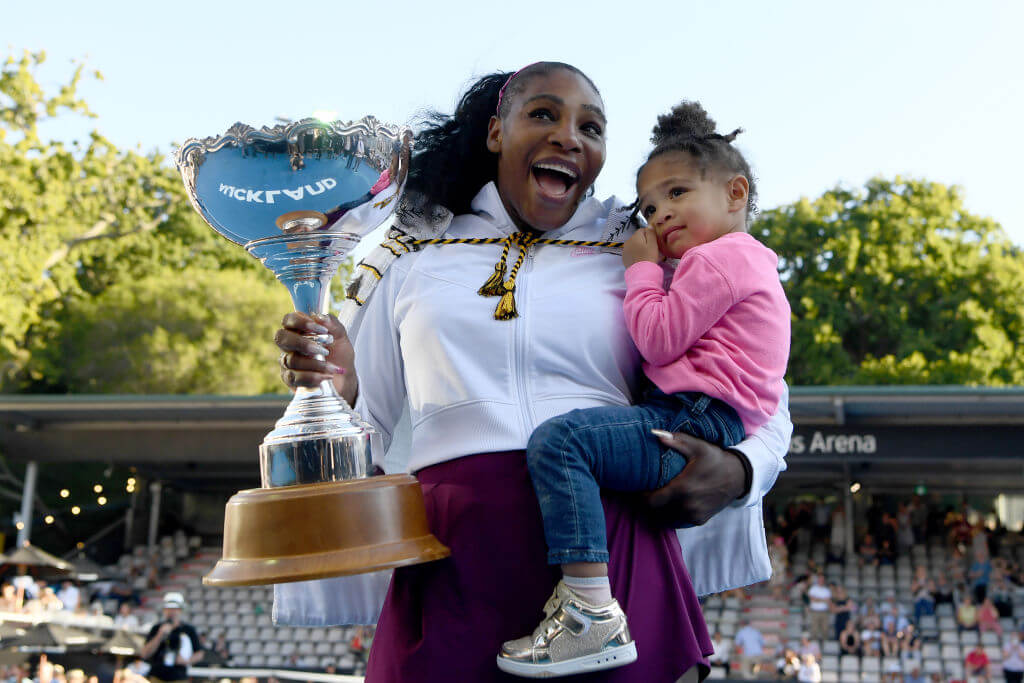
Williams was all class in the final, from the moment she strode onto the court to when she sent down winner after winner on the way to a 6-3 6-4 win over Pegula. This was her first tournament win since January 2017, but 73rd overall. Williams then spontaneously donated the $65,000 prize cheque to Australian bushfire relief effort, then paraded around centre court with the trophy in one arm and daughter Olympia in their other.
It’s a dream result for Budge and the tournament. While the semi and final were both straight-set wins (the victory over Anisimova didn’t even last three-quarters of an hour), Williams appeared on court for 100 percent of the time she was eligible for in Auckland. Actually, they got even more because her and Wozniacki made the doubles final too. She came, she wowed, she delivered. The best in the world at what she does, and doing it at the players’ favourite tournament.
In the coming years, though, things are going to get a little trickier. The ASB Classic has benefitted as being one of the lead in tournaments to the Australian Open, but the new men’s ATP Cup that took place last week across the Tasman is likely to spawn a women’s version in the coming years that will chew into the playing stocks available. That’s going to make it hard to produce a field like the one we saw this year, and it’s worth remembering that Williams is 38 anyway. There isn’t any one near her starpower to fill that gap in the tennis world if she decides to give the game away. So maybe next year it will be a different looking tournament. Serena and her family might come back, but chances are Budge will be looking longer term than that – perhaps even to host the WTA Cup when it becomes a reality.
Downstairs on Sunday afternoon, as the crowds filed in, there was a reminder of a more pressing matter for the ASB Classic as the seven foot frame of John Isner ducked under a doorway on his way to the practice court. There’s another week of tennis to go at Stanley Street, because now it’s the men’s turn.
Follow Metro on Twitter, Facebook, Instagram and sign up to our weekly email

